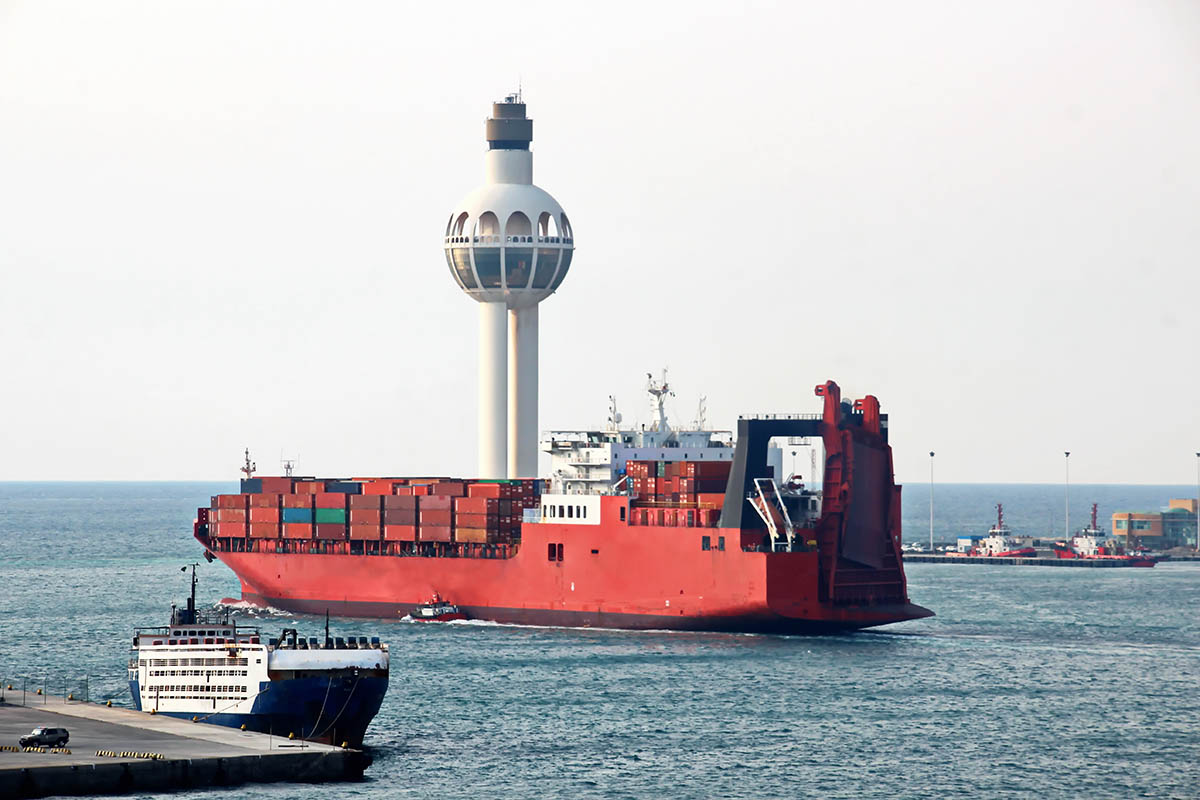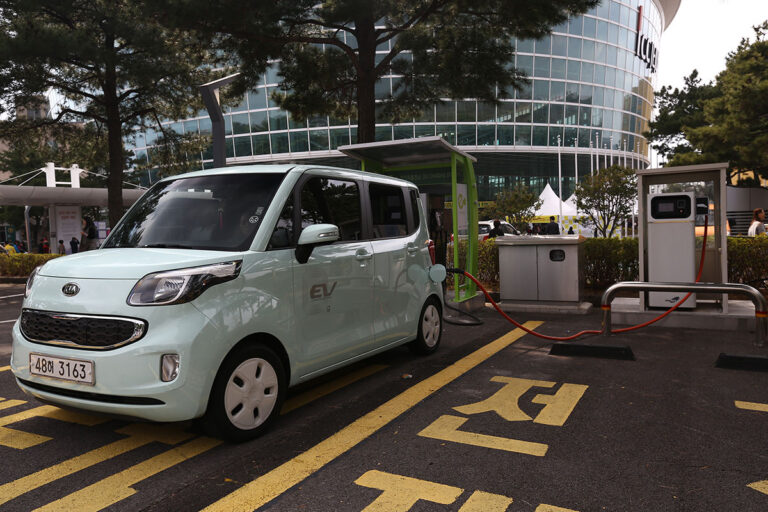Long-haul transport, and shipping in particular, is vital for national and international trade. But transportation contributes an estimated 23% of energy-related carbon dioxide emissions worldwide, and about 11% of this (and 3% of all emissions) is attributed to the maritime sector. In Saudi Arabia, for example, seaborne trade in 2019 made up an estimated 94% of the volume of all transported goods.
Shipping is notoriously difficult to decarbonize due to its reliance on energy-dense fuels, where fossil fuels remain more cost-effective. Other challenges include a lack of alternative low-carbon options, the difficulty of electrifying vessels, and the long lifespan of maritime assets. These challenges have meant that modernization of the infrastructure is slow.
Hydrogen and its derivatives, such as methanol and ammonia, offer a solution that promises low emissions. “But for hydrogen to become a viable alternative fuel for the maritime industry, its pricing, safety and availability are crucial,” says KAPSARC senior fellow Nora Nezamuddin.
For hydrogen to become a viable alternative fuel for the maritime industry, its pricing, safety and availability are crucial.
Nora Nezamuddin
A recent report written by Nezamuddin and her colleagues Rami Shabaneh and AHM Mehbub Anwar highlights the potential for Saudi Arabia to become a future leader in hydrogen production and export.
“The geographic location of Saudi Arabia plays an important role. Its Red Sea coastline is positioned along the East-West shipping corridor where about 13% of seaborne trade passes, and its Arabian Gulf coast supplies 20% of the energy that is transported globally,” explains Nezamuddin. “Saudi Arabia can be one of the early adopters of ship fuelling, or bunkering, infrastructure development by constructing storage and fuelling facilities for hydrogen and hydrogen-derived fuels in one of the six ports located on its western coast.”
The researchers suggest that to fulfil this potential, policymakers should enable and encourage investment into hydrogen and hydrogen-derived fuel production that is particularly tailored to the requirements of marine fuels. Other stakeholders, such as Saudi shipowners, will also need to invest in pilot projects to help understand the hurdles facing the full commercialization of these alternative fuels.
“KAPSARC has several studies underway to help better understand this transition, including developing a maritime-sector energy transition framework by gleaning lessons learned from governed sectoral energy transitions in the power and road passenger transport sectors,” says Nezamuddin. With this insight, and by investing in hydrogen production and bunkering facilities, Saudi Arabia is well placed to play a pivotal role in reducing global maritime emissions and achieving net-zero targets.
Reference
Nezamuddin, N.; Shabaneh, R. and Anwar, A.H.M.M., Saudi Arabia’s potential to further hydrogen use in the maritime sector. 2024. | Article




